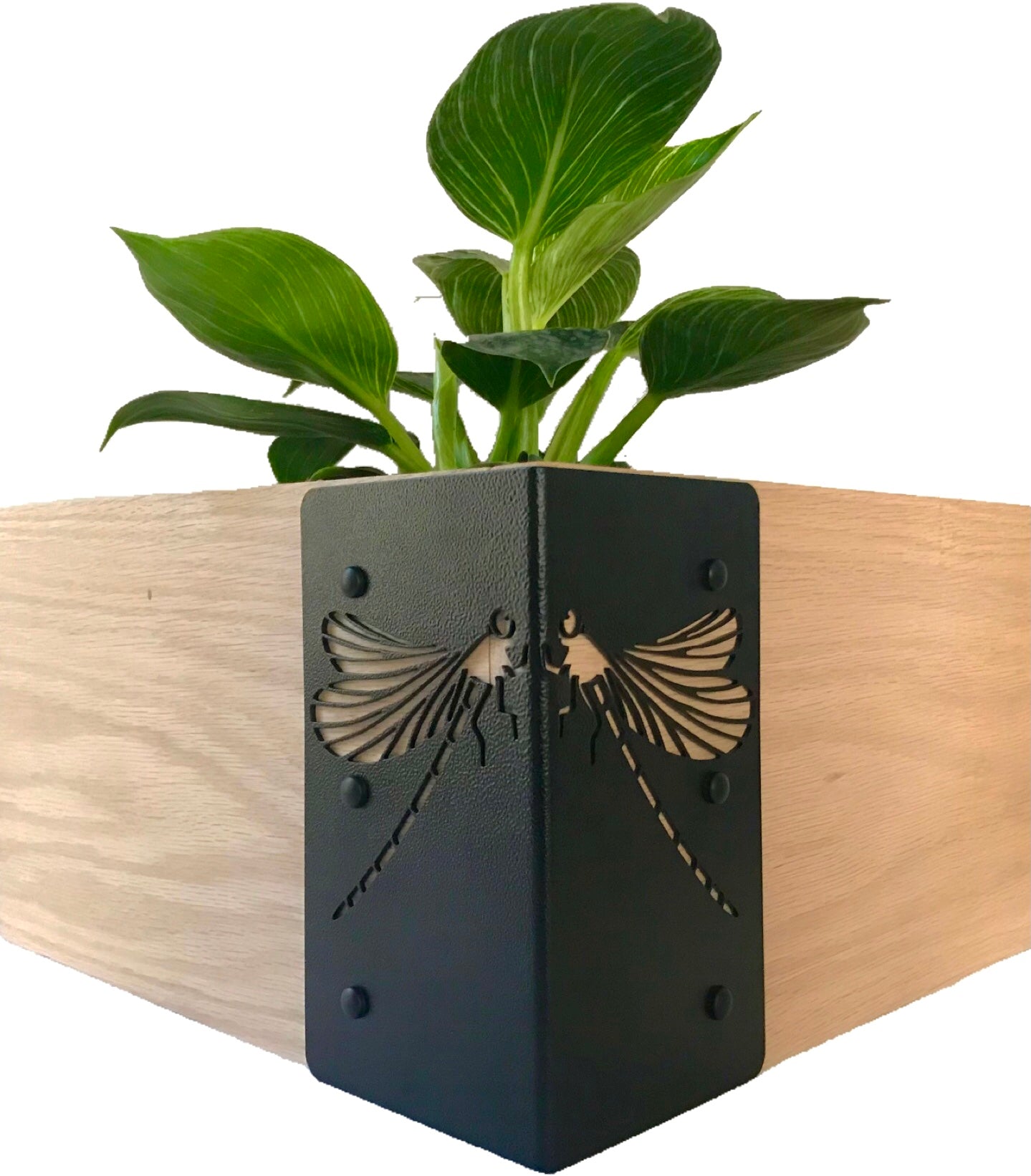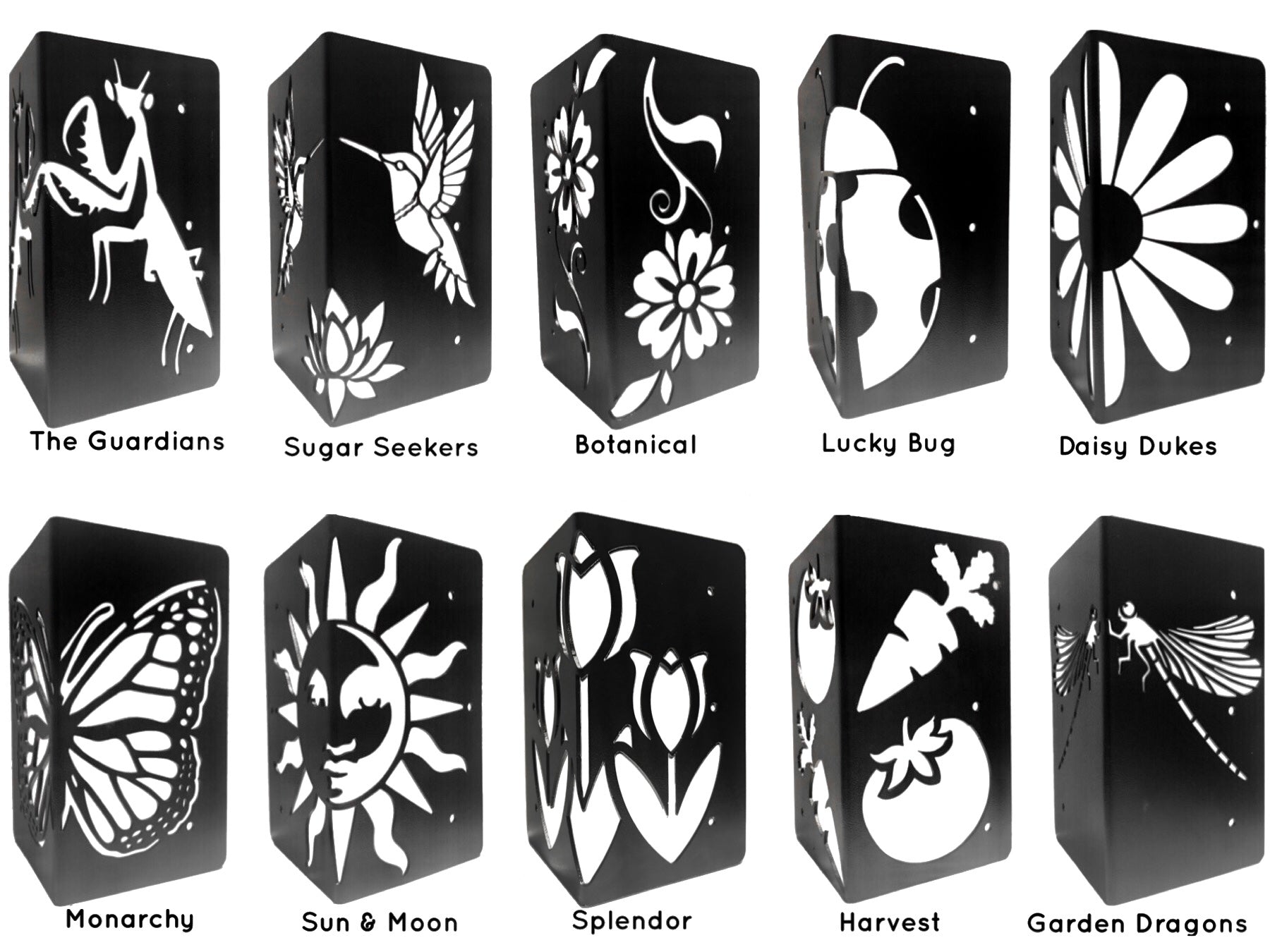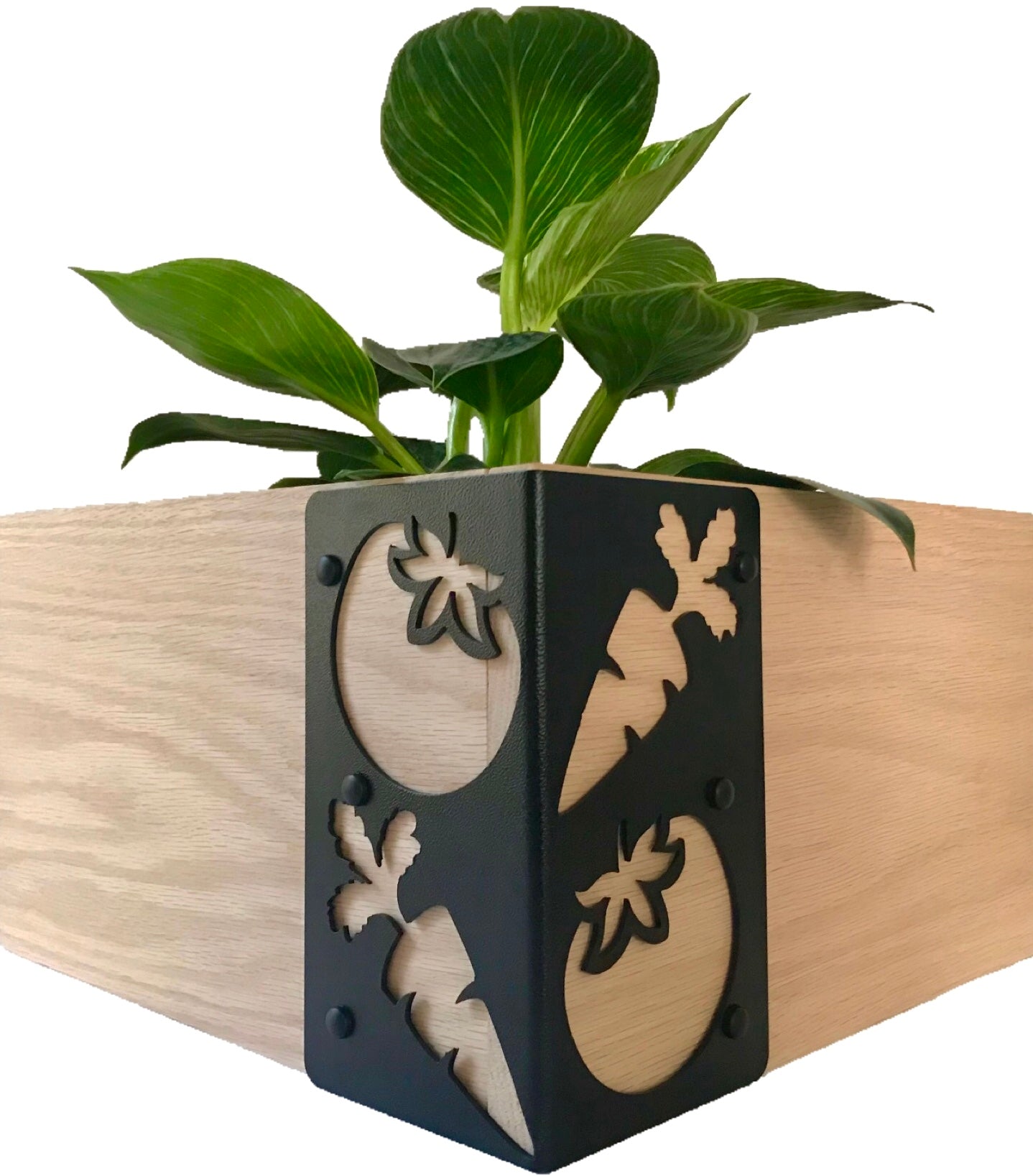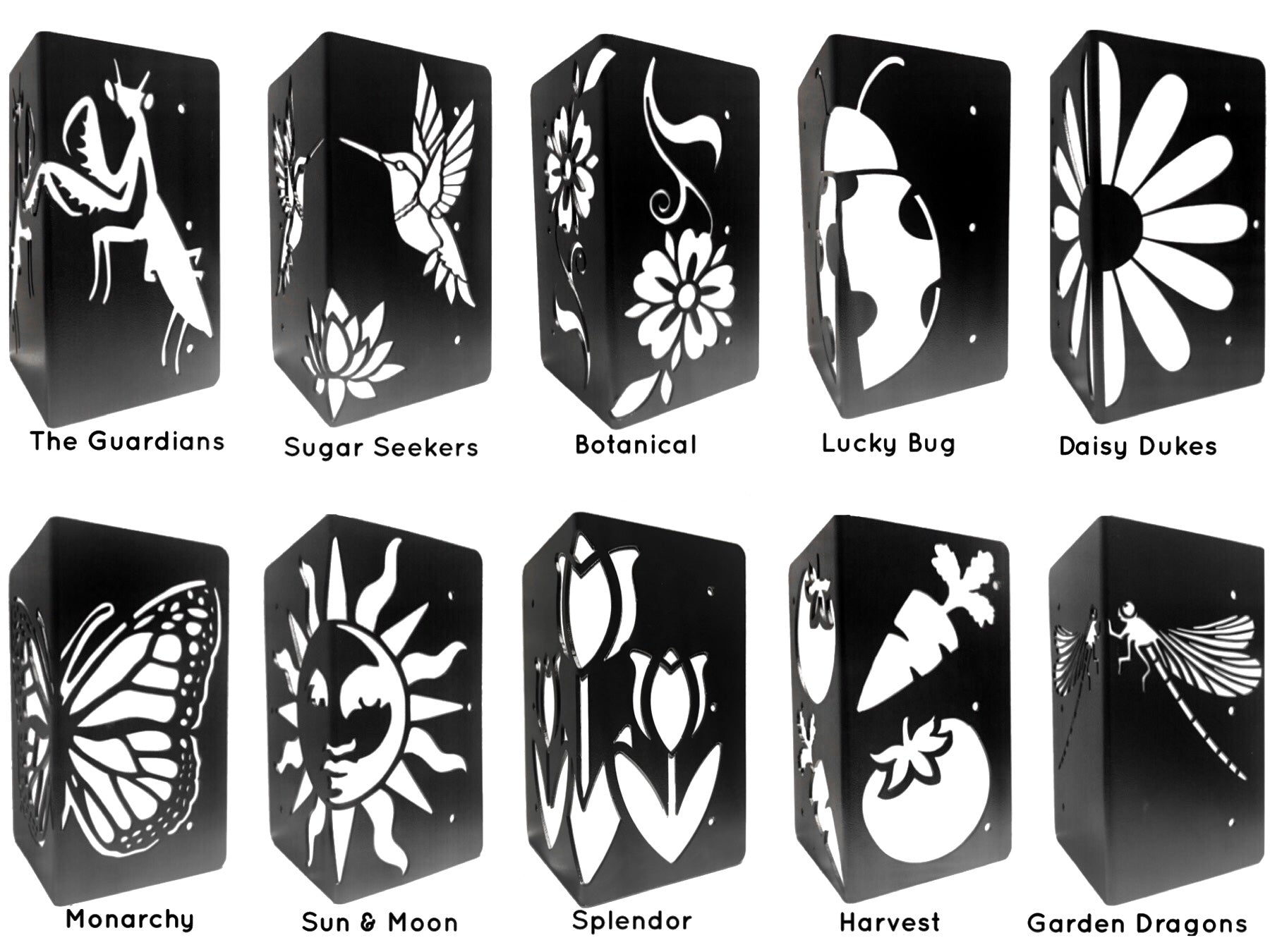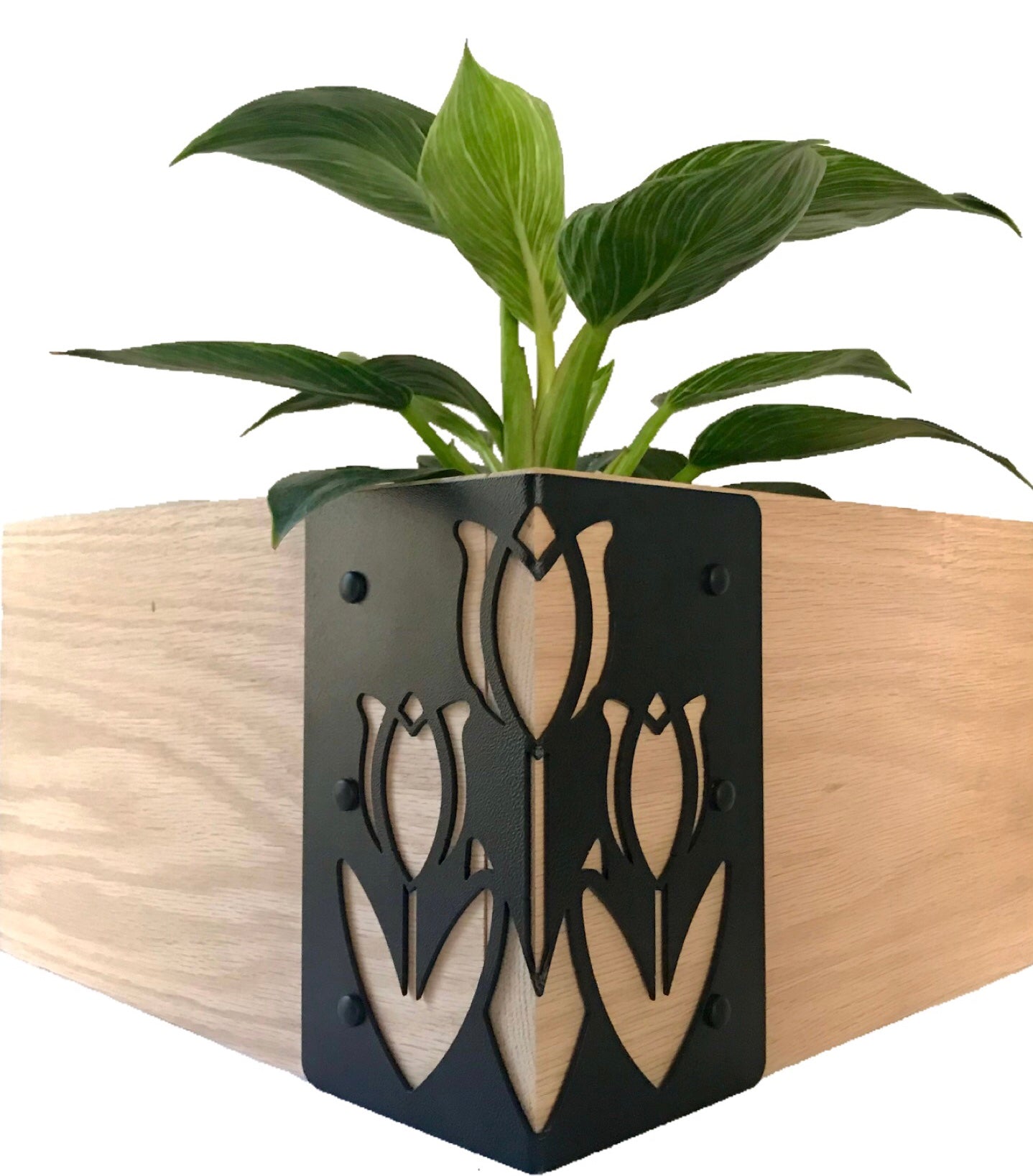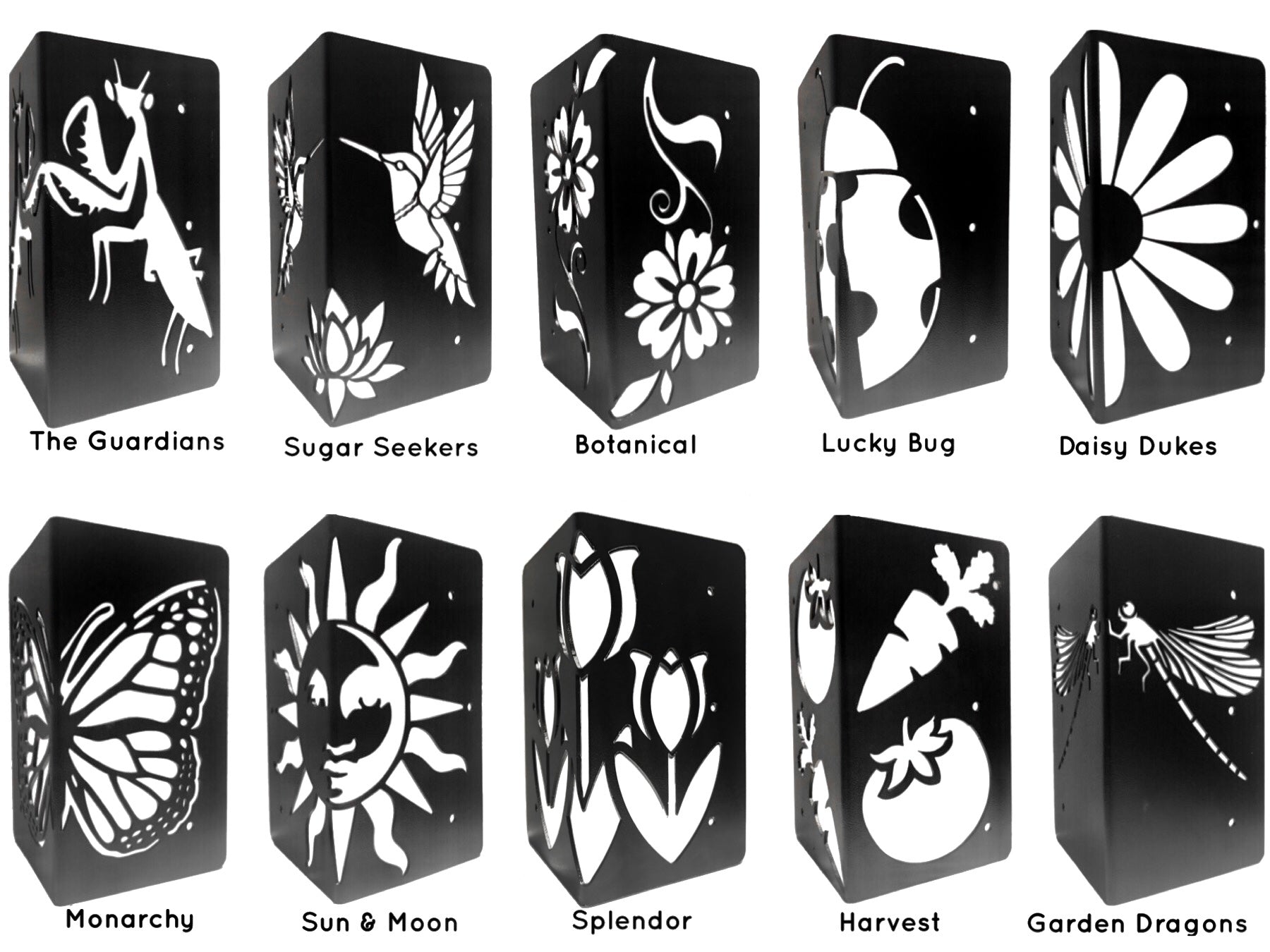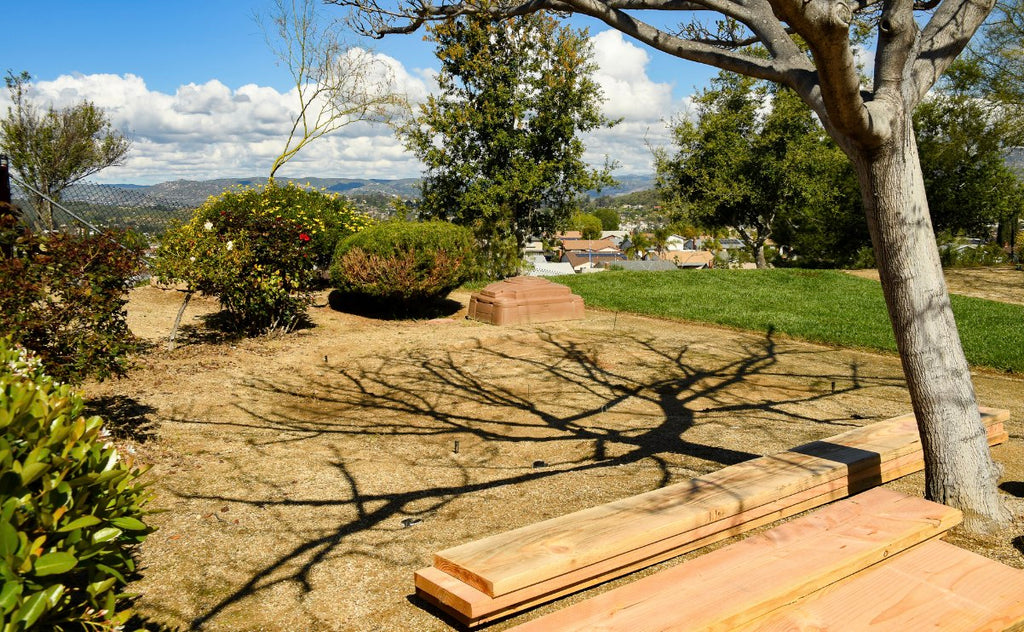
I am not handy with construction. Can I still put together raised beds?

There's no doubt that raised garden beds are popular for a reason. Not only do they look beautiful in your garden, but they also minimize the workload that one has to deal with maintaining conventional, in-ground beds. Some raised garden beds are expensive and time-consuming to install, but not all are the same.
Whether you don't know anything about construction or are handy with tools, there are kits available in the market that one can use to easily build with little effort, expense and time. There are also some DIY options if you want to take a little bit of challenge.
Here's how to do it yourself, from placement to potting soil to growing plants.
Materials you will need
- Two 8-foot long 2x12 boards
- Four 2x2 wooden stakes
- Deck screws
- Bed corners
- Landscape fabric
- Cardboard or newspaper
- Deck/exterior screws
Step 1: Get wood for the frame:
To start constructing your raised bed, you'll need to go shopping at your local home improvement store for wood boards. Purchase 2 eight feet long 2 x12 boards and ask the store people to cut them in half. Mostly home stores will do it for you, but you can also use your saw to cut the board. The best kind of wood for a raised garden bed is something that is robust and resists rot, such as white oak, cedar, or pressure-treated wood. The next thing that you'll need to buy is a package of 2x2 wooden stakes.
Step 2: Select your location:
Pick a level spot in your yard that gets light for the maximum part of the day and is closer to a water source. If your selected spot is grassy, mow it short before constructing your raised garden bed.
Step 3: Build the frame:
Position your half-cut boards to form a square, and keep them on their edges. Pre-drill holes; now fasten the boards with 4 screws at each corner. Also, add the bed corners, so your structure can last a lifetime.
Step 4: Assemble the bed:
Now spread a layer of landscape fabric on your selected spot, use enough to extend a little beyond your frame edges; it will help protect the wooden frame from rooting. Now set your wooden frame into place.
Push your 2x2 wooden stakes into the ground on the frames' inside at each corner. Attach each stake to the wooden frame to strengthen the corners. Now cover the landscape fabric with layers of cardboard or several newspaper layers to provide additional protection against pests and weeds. In the last step, fill your bed with soil and use a rake to level it out.
Step 5: Add the Soil
Number of bags of soil for a 4×8 raised garden bed:
If your raised bed has a length of five ft., a width of four ft., and a depth of two ft., the volume of your bed would be forty cubic ft. This is the amount of dirt your raised garden bed will need to fill up. This would equal twenty bags of soils sold in bags containing two cubic ft., of dirt each.
The kind of soil you should add to your raised bed
For most situations, experts recommend these proportions:
- 60% topsoil.
- 30% compost.
- 10% Potting soil (It is a soilless growing mix that contains peat moss, perlite, and vermiculite)
Step 6: Grow plants:
Now it's time to populate your new raised bed with your favorite plants! Don't want to wait for seeds to sprout? Plant seedlings of your vegetables and herbs, and you'll get an immediate sense of accomplishment; it's also a sure way to shorten your harvest time. Be sure to give your plant babies the nutrition they need to thrive by feeding them with some fertilizer. Plants fed with fertilizers provide 3 times the harvest over the length of the growing season compared to unfed plants.
Tips to follow:
You don't need to replace all of the soil in your raised bed next season. Instead, add some soil revitalizers into last years' soil. Soil revitalizers have the ability to replenish essential nutrients, renew water retention and restore soil structure so your plant can thrive.
Safety considerations
- Wear gloves, eye protection goggles, and a face mask when handling or cutting wood boards.
- Don't forget to wash your hands after working with treated lumber.
- Dispose of your sawdust and other waste according to local regulations.
- And don't use pressure-treated lumber as much.
This is all about constructing a raised garden bed, unless, of course, you want to add more beds of this kind. After all, a garden filled with raised beds is a spectacular thing. Enjoy growing home-grown food!


